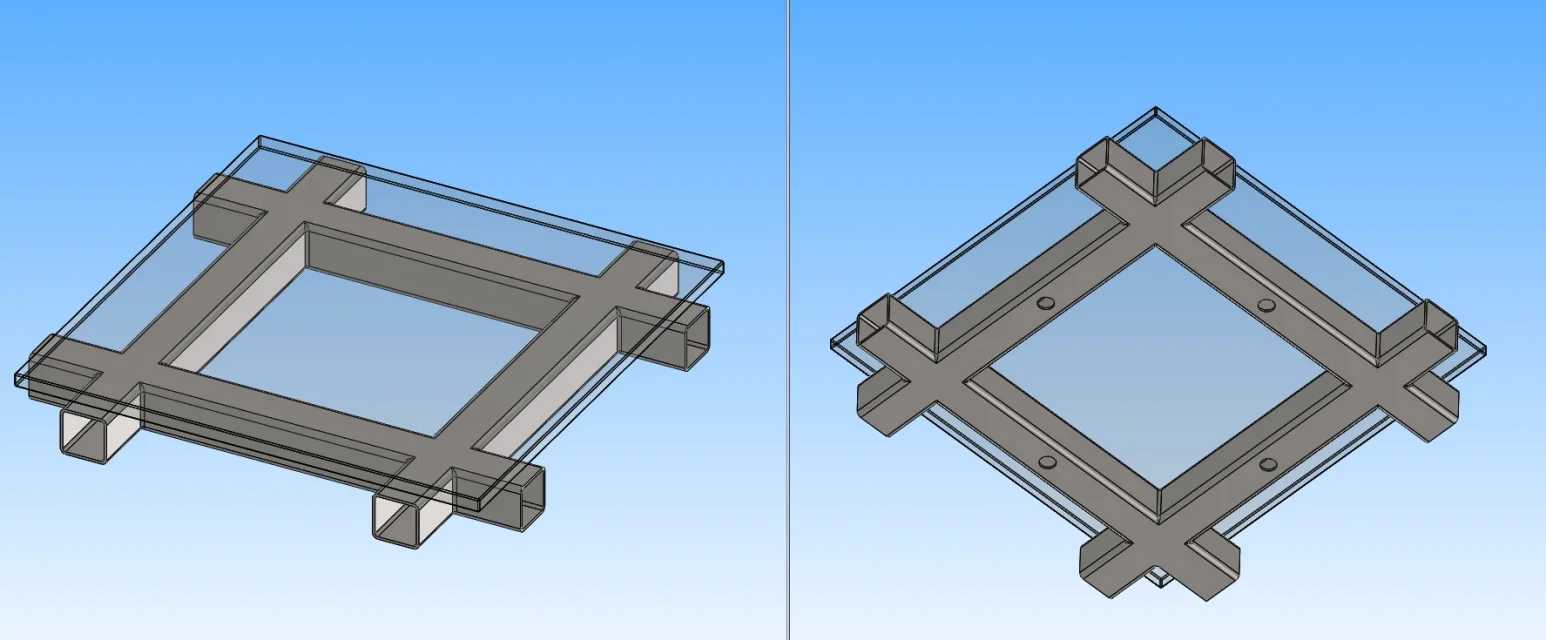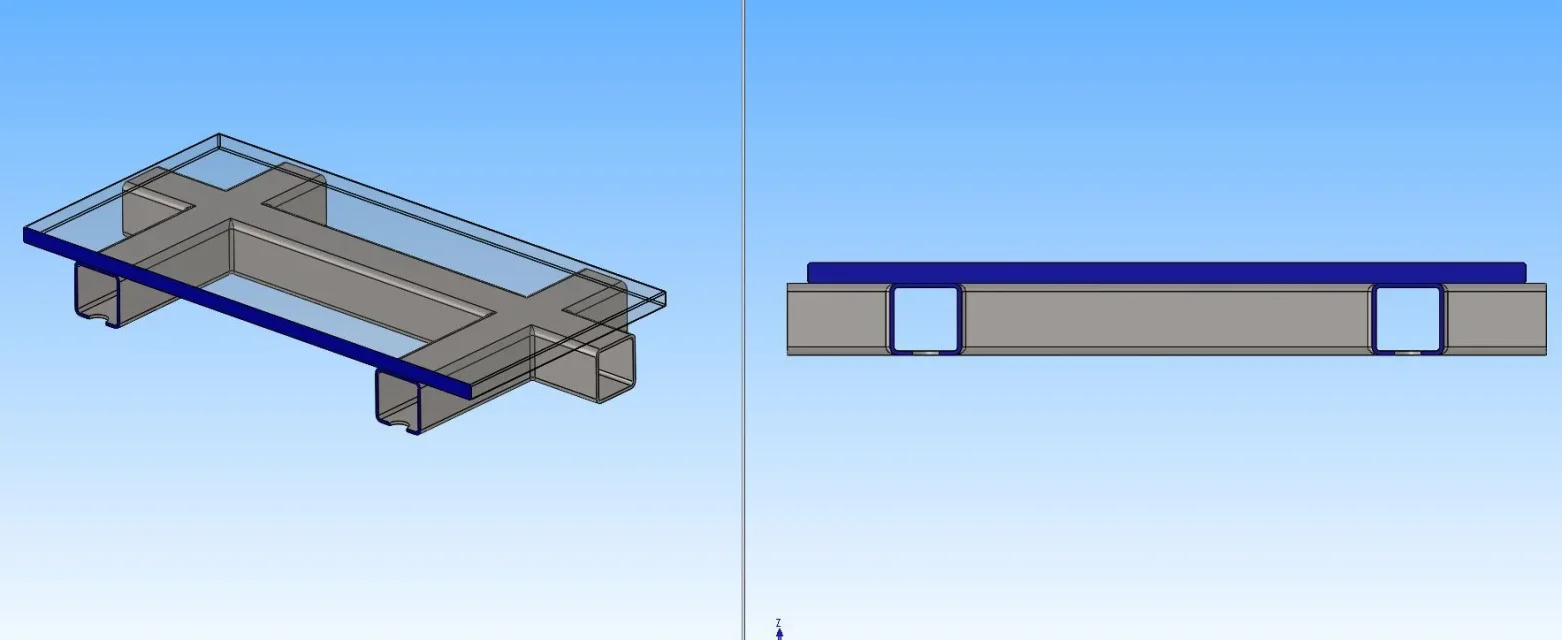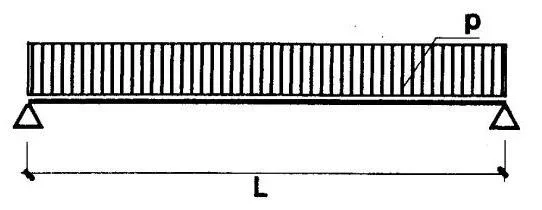Zavits
Guest
a greeting to all from a new user!
are a long-time solidworks user but relatively recent regarding simulation (I have the standard version 2016).
I would like to ask for advice for a rather simple simulation to model but on which I have some dubbbio as set for static calculation; in practice I have a flat grid formed by tubular steel on which a panel is rested; the panel material is not important, what is important is that on it insists a distributed load (for example 100 kg/mq). the grid is leaning on the feet, also arranged regularly.
what is the correct way to apply the load on the elements that make up the grid?
I thought to cut out a part of the grid to exploit the symmetry and regularity of the frame and convert the remote mass panel.
Has anyone faced such a problem or have any advice?
Thank you all in advance for your help and collaboration!
are a long-time solidworks user but relatively recent regarding simulation (I have the standard version 2016).
I would like to ask for advice for a rather simple simulation to model but on which I have some dubbbio as set for static calculation; in practice I have a flat grid formed by tubular steel on which a panel is rested; the panel material is not important, what is important is that on it insists a distributed load (for example 100 kg/mq). the grid is leaning on the feet, also arranged regularly.
what is the correct way to apply the load on the elements that make up the grid?
I thought to cut out a part of the grid to exploit the symmetry and regularity of the frame and convert the remote mass panel.
Has anyone faced such a problem or have any advice?
Thank you all in advance for your help and collaboration!



